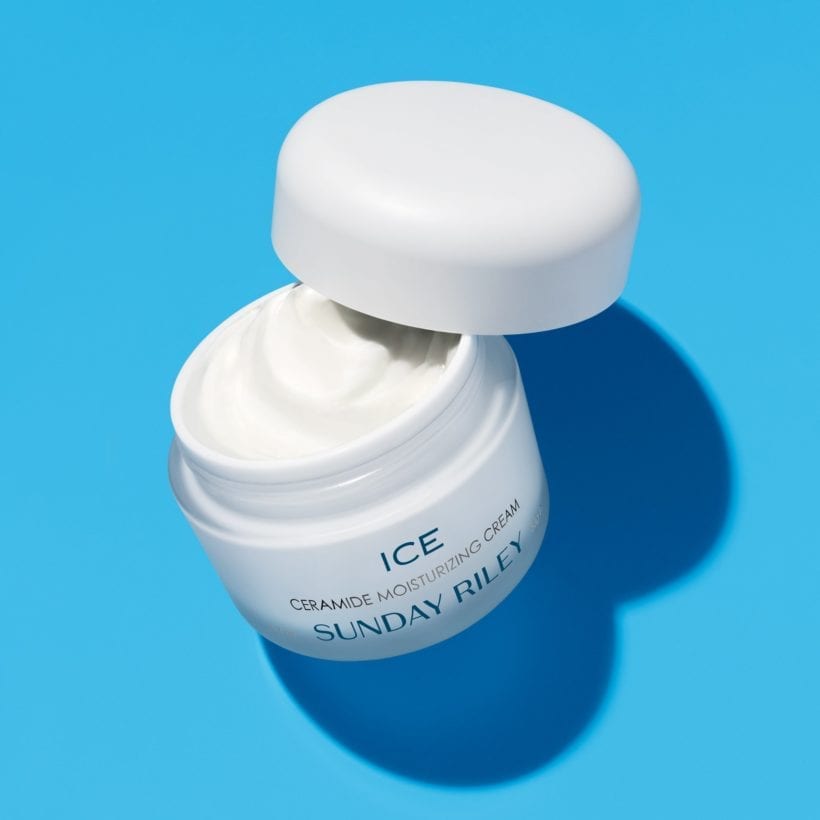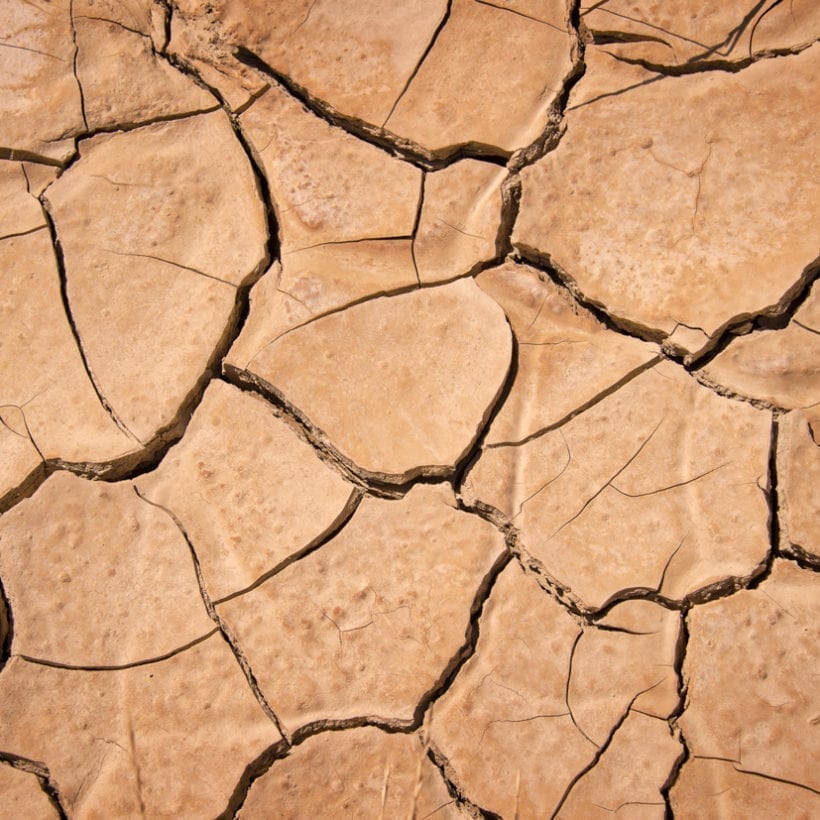Winter brings with it cozy nights in and — as many of us have experienced firsthand — dry, rough skin. It’s hard to get ahead of it, in part because it’s just the logical result of the dip in the thermostat. Cold air can’t hold as much moisture as it does when it’s warm, so through osmosis, it effectively borrows it from skin, leaving it dry and dehydrated.
But dryness isn’t the only change in skin you might experience in the cooler months. “Eczema commonly flares up during the winter months because of drier, colder air, which can cause transepidermal water loss,” says Melanie Palm, M.D., a dermatologist in San Diego, CA. “This is why people with eczema may experience itching, dry scaly patches, small bumps, and redness more frequently during the winter than other months out of the year.”
That said, it’s possible to be an eczema newbie during this time, too. “Eczema can appear unexpectedly — and while many people who have experienced it before will know what to look for, some individuals may not realize what it is,” says N.Y.C. dermatologist Marisa Garshick, M.D. It can be especially tough to discern the difference between eczema and dry skin. With that in mind, here’s what you need to know — and four ways to figure out the difference.
Melanie Palm, M.D.,
is a dermatologist in San Diego, CA.
Marisa Garshick, M.D.,
is a dermatologist in New York City.
Meet the Experts
What can cause a flare in eczema?
Eczema is a dysfunction of the skin barrier that can happen for a number of reasons. “It commonly results from dryness of the skin which can develop in the setting of low humidity and colder temperatures,” says Dr Garshick. Dry skin, on the other hand, stems from a lack of adequate sebum production.
There’s also a genetic component, as well as a tie-in to allergies and asthma — as in, those with a personal or family history tend to be at a higher risk of developing eczema. And then there are other culprits. “For example, one may take more hot baths or showers during the winter, which can also dry out and irritate the skin barrier,” says Dr. Garshick. “Hormonal fluctuations caused by indulgent holiday eating, stress, and other factors can also increase the likelihood of a flare-up.”
Clue 1: Scales and patches

Dry skin tends to be rough and flaky — no breaking news here. Eczema, on the other hand, takes it to the next level, turning into rashes. “In addition to appearing rough, flaky, and irritated, eczema skin also presents itself as patches, scales, and bumps or blisters that result in crusting,” says Dr. Palm.
Clue 2: Redness
Eczema, like acne and rosacea, is an inflammatory skin condition. So, of course, there’s a good chance that it’s going to present with signs of inflammation, the most common being redness. On the other hand, “dry skin generally does not have as much inflammation as found in eczema, so there is typically less redness,” says Garshick.
Clue 3: Itchiness
The real question is: How itchy is it? “Dry skin can also be itchy, but eczema is typically associated with inflammation, which is what can make it more itchy,” says Dr. Garshick. (Think: Itchiness that doesn’t improve even with moisturizers and lotions.)
If your skin is so itchy it leads to a rash, that’s a clue it could be eczema. “Eczema is referred to as the itch that rashes, because it is often the fact that the dry skin associated with eczema causes someone to scratch — which can then lead to the rash of eczema,” she says.
Clue 4: Weird locations

In winter, it’s par for the course to experience dryness on the cheeks and lips, which tend to be most exposed (and, for the latter, more vulnerable). But eczema knows no bounds. “Eczema can involve different areas of the body, including the eyelids and the area around the mouth,” says Dr. Garshick. You can also get those rashes and itchy patches below the neck, too.
How to address eczema
If you’re working with mild eczema, you can usually DIY the care at home. For starters, says Dr. Palm, avoid common allergens and irritants, which will only further upset the skin barrier. “This includes soaps, fragrance, and fabrics,” she says. Plus, other good hydration habits, like avoiding super-hot showers (as satisfying as they may be), drinking plenty of water, and using a humidifier will also help.
Then, tweak your skincare routine. “It is important to use moisturizers regularly, opting for thicker creams and ointments, while also making sure to apply moisturizers to damp skin immediately after getting out of the shower,” says Dr. Garshick. “Generally, ingredients like ceramides can help to strengthen and support the skin barrier, while humectants like hyaluronic acid and glycerin can help boost moisture.” You can find ceramides in Sunday Riley ICE Ceramide Moisturizing Cream, where they work alongside vitamin F and coconut to strengthen the moisture barrier and minimize transepidermal water loss.
When to see a doctor
If the at-home recs aren’t cutting it, then it may be time to give a board-certified dermatologist a call. “The best way to determine if you have eczema is to consult with a board-certified dermatologist, who can rule out other possible skin conditions and recommend appropriate treatment,” Dr. Palm says.
That’s important, since eczema can be more than uncomfortable; left unchecked, it could even lead to infection. “Depending on the severity of your flare-ups, your dermatologist may prescribe topical and/or oral steroids, or janus kinase inhibitors, in more serious cases, to minimize skin inflammation,” she says.
Ultimately, if you think you have a seasonal bout of eczema, adjusting your routine accordingly can go a long way — but nothing beats a clear diagnosis from a pro.
We only recommend products we have independently researched, tested, and loved. If you purchase a product found through our links, Sunday Edit may earn an affiliate commission.








